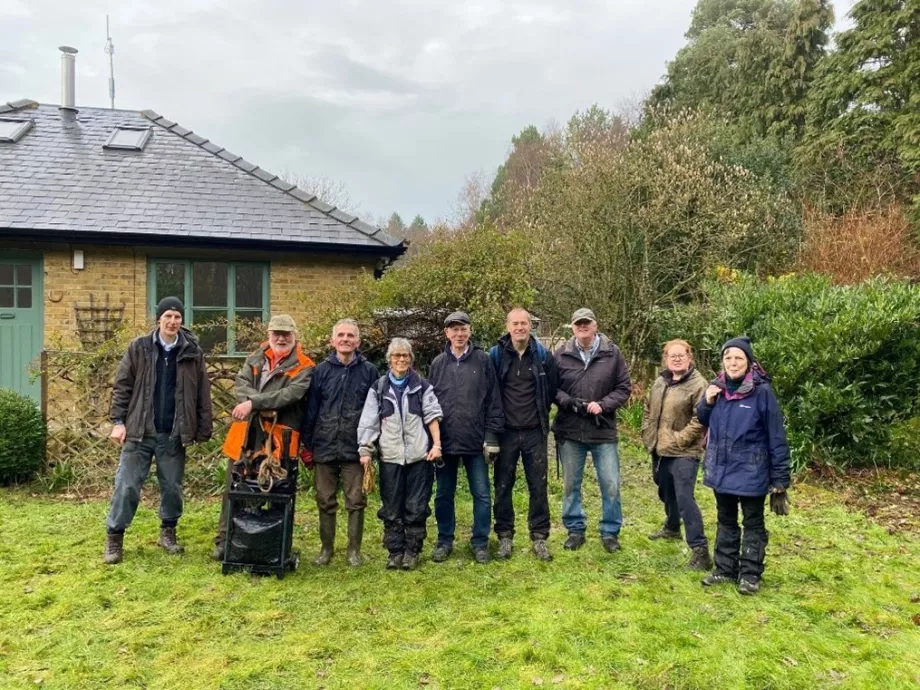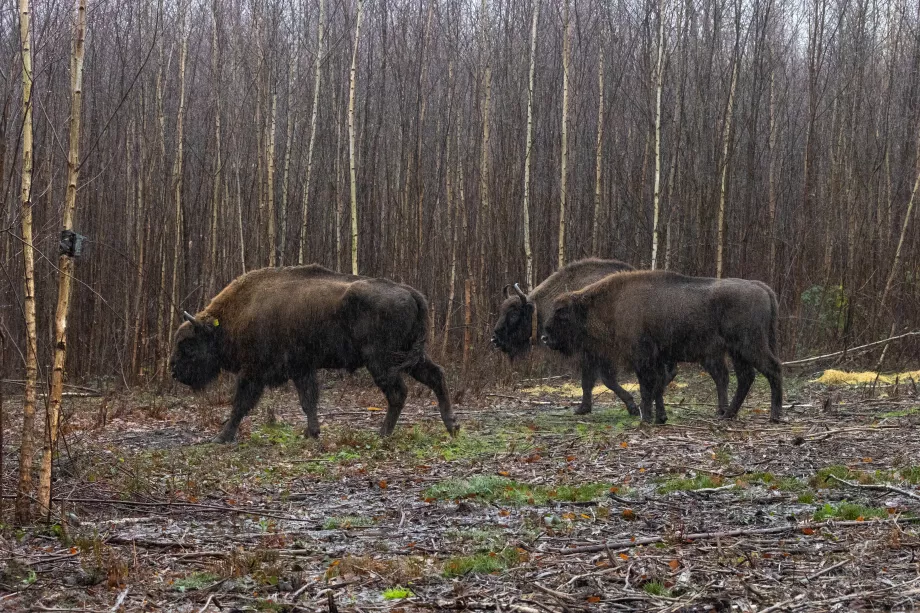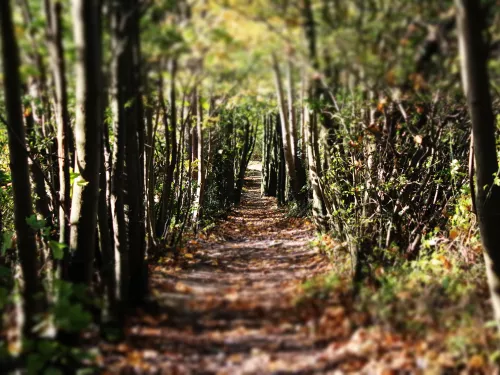
If you go down to the woods today – 9 surprising animals to look out for amongst the Kentish trees
Volunteer Matt Huggins explores some of the lesser-known but still fascinating animals that grace our woodlands.

This is the technology I find myself talking about today – Starlink. When we first started exploring Starlink, we were looking for a solution that met our needs as conservationists. We don’t have offices on the high street, we don’t have a shop that is easily accessible, we’re in the middle of a field, in a quarry, in a forest, where standard services are not available.
At Heather Corrie Ranger Station, we don’t even have electricity. But we wanted to use that site to make a difference. As part of our Wilder Blean strategy, Heather Corrie needed to be a site for people to visit, for our staff to work and for our education team to run events. When we started exploring how we would set-up Heather Corrie Ranger Station using green energy and 4G Wi-Fi, we noticed immediately that the signal wasn’t working well so we had to explore alternatives.
The hard truth of it is, mobile phone masts and internet cables tend to be concentrated in more populated areas and our reserves are anything but! Starlink offered something we hadn’t considered before, an opportunity to connect to the internet from anywhere at any time using existing satellites flying over our head.
Heather Corrie Ranger station now currently runs completely off-grid. Starlink helps connect us to the internet but without power, gas and electricity we have to use solar energy and a back-up generator. Our toilets are even linked to a biodigester which digests all the materials and releases grey water.

Another very important use of Starlink at Heather Corrie Ranger station has been tracking our bison. Our bison rangers need to track bison to keep an eye on their welfare and their tracking collars report back to a base station which need an internet connection. In searching for a solution, we found that trees are a blocker to 4G mobile data and the best way to keep an eye on their whereabouts was to use a Low Powered High Gain Network (LoRaWAN) network which connects their collars to the tracking solution online. We have 3 transmitters on this network and these are used in conjunction with Starlink to report on the location of the animals.

Evan Bowen-Jones
Our success at the Blean had us asking where else Starlink could help? One of those discoveries was at Sevenoaks Nature Reserve and Visitor Centre where we’ve recently rolled out Starlink to replace the aging copper cables going into the reserve. Openreach quoted us over 35k to upgrade the area and put in fibre optic but with Starlink we paid little to nothing in comparison and now all visitors to Sevenoaks are getting fast internet speeds from our Starlink service.
In the future, we’re considering putting in a Starlink connection at Oare Marshes as we plan services at the Watchtower, and we also have a roaming Starlink satellite to help our teams get internet connection wherever they go. They can take it to events, presentations and webinars and take payments in the middle of nowhere. You don’t even need a plug because it can be run off a solar battery. And before you ask – yes this works in winter and in up to 40cm thick snow too.

Tim Horton
Rather than run the satellite connection ourselves, we work through a managed provider known as Orbital. They manage the equipment, can fix it when it goes wrong and manage it day-to-day so we don’t have to. Orbital provide us with the Satellite unit, connected to a special broadband router which manages the connection. Our Network Security Partners then add a firewall to this, and then connect our Meraki Wifi.
We are proud to be pushing the boundaries of technology within our reserves, with more to come soon!
We’re safe in the knowledge that Starlink have 5,500 satellites orbiting the earth at any moment. Which means that if one goes down, we have access to another. We don’t have to worry about low latency or being disconnected – it just always works!
If you’d like to ask any questions on how we use Starlink at our reserves. Please contact James Millsom-Mills at [email protected]

Volunteer Matt Huggins explores some of the lesser-known but still fascinating animals that grace our woodlands.

When your woodlands are under threat, what can you do to save them?

In this blog we take a closer look at how your donations will help to protect and restore woodland habitat across Kent.